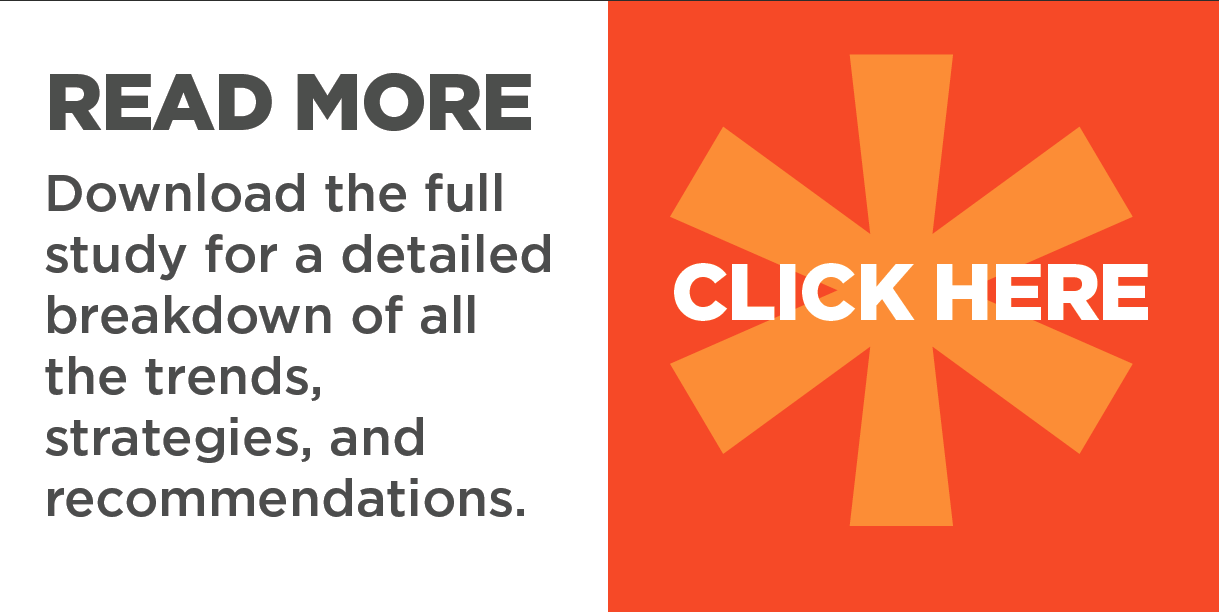Retailers and marketers face a new set of retail opportunities thinly veiled as challenges. Looking at the glass half empty perspective – the challenges – today’s grocery shopper faces a complex and confusing retail environment with more than 60,000 supermarket products, and these numbers continue to grow along with the range of retail channels available. To amplify the issue, the number of shopping trips in the U.S. dropped from a high of 2.2 per week in 2012 to 1.6 per week in 2014, and consumers are increasingly more willing to accept living with less.
However, from a glass half full perspective – the retail opportunities – the average time spent per grocery shop rose to 41 minutes. With this extra time spent in the store, retailers have new retail opportunities to drive private label impulse purchases—the acts of buying without pre-shopping objectives or consideration since so many decisions are being made at the shelf level. Marketers and retailers need to consider four design factors when developing their packaging program. The impact of impulse sales is significant and should not be underestimated, and based on a 2012 POPAI study which noted more than three in four grocery purchase decisions are being made in-store, 60% of which are impulse purchases within the grocery & convenience channels.
Why do customers shop retail outlets and online sites? Find out what are the four distinct types of impulses that lead to impulse purchases.

